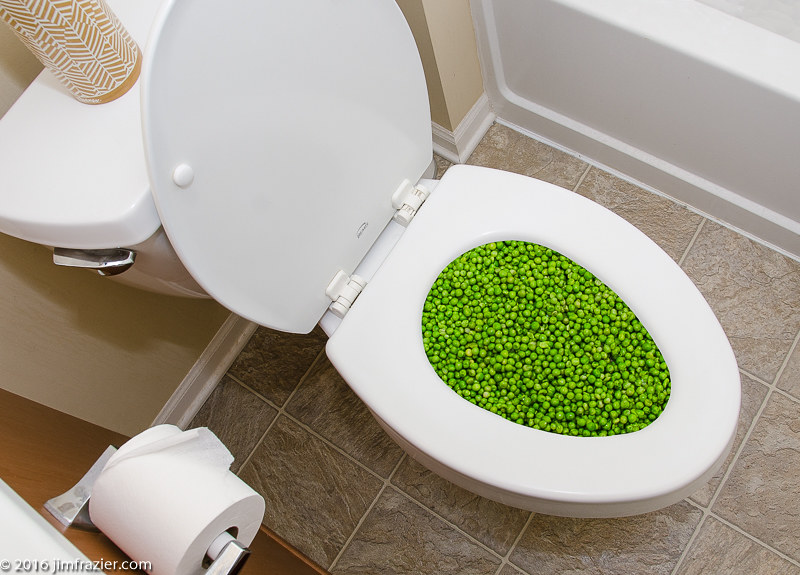They are making several great observations about Flushing Food Down the Toilet? as a whole in the article directly below.

Intro
Many people are commonly confronted with the problem of what to do with food waste, particularly when it involves leftovers or scraps. One common question that occurs is whether it's fine to purge food down the commode. In this article, we'll delve into the reasons individuals could take into consideration flushing food, the consequences of doing so, and alternative methods for appropriate disposal.
Reasons people may take into consideration purging food
Absence of recognition
Some people might not understand the possible damage triggered by purging food down the bathroom. They may wrongly believe that it's a harmless method.
Comfort
Flushing food down the commode may seem like a quick and easy option to disposing of undesirable scraps, particularly when there's no close-by trash can available.
Negligence
Sometimes, individuals may simply pick to flush food out of sheer laziness, without considering the effects of their activities.
Repercussions of flushing food down the toilet
Ecological effect
Food waste that ends up in rivers can contribute to pollution and injury aquatic environments. Furthermore, the water used to purge food can strain water sources.
Plumbing concerns
Flushing food can lead to clogged up pipes and drains, creating expensive pipes repair services and inconveniences.
Sorts of food that ought to not be purged
Fibrous foods
Foods with coarse textures such as celery or corn husks can obtain tangled in pipelines and cause obstructions.
Starchy foods
Starchy foods like pasta and rice can absorb water and swell, bring about blockages in pipelines.
Oils and fats
Greasy foods like bacon or cooking oils must never ever be flushed down the commode as they can solidify and create blockages.
Appropriate disposal methods for food waste
Utilizing a waste disposal unit
For homes geared up with waste disposal unit, food scraps can be ground up and flushed with the pipes system. However, not all foods are suitable for disposal in this way.
Recycling
Certain food product packaging materials can be recycled, decreasing waste and minimizing environmental effect.
Composting
Composting is an environment-friendly method to get rid of food waste. Organic materials can be composted and used to enrich soil for gardening.
The relevance of proper waste administration
Minimizing ecological harm
Proper waste administration methods, such as composting and recycling, aid decrease pollution and preserve natural resources for future generations.
Securing pipes systems
By staying clear of the method of flushing food down the bathroom, house owners can stop pricey pipes repair services and keep the honesty of their pipes systems.
Final thought
Finally, while it might be tempting to purge food down the commode for ease, it's important to understand the possible effects of this activity. By embracing appropriate waste management practices and disposing of food waste responsibly, people can add to healthier plumbing systems and a cleaner setting for all.
FLUSH FOOD DOWN THE TOILET?
FLUSHING FOOD CAN CAUSE BLOCKED DRAINS IN YOUR HOME
All of the plumbing fixtures in your home are connected to the same sewer pipe outside of your home. This outdoor sewer pipe is responsible for transporting all the wastewater from your home to the Council sewer mains. Even small pieces of food that go down the kitchen sink can cause problems for your sewer. It should therefore be obvious that flushing larger bits of food, such as meat, risks a clog in either the toilet itself or the sewer pipes. Flushing greasy food is even more problematic because oil coagulates when it cools, coating the interior lining of your pipes.
THE TOILET IS NOT A BIN
Food isn’t the only thing that people shouldn’t be flushing down the toilet. People use the toilet to dispose of all kinds of things such as tampons, makeup wipes, dental floss, kitty litter and even underwear. Water goes to great lengths to educate residents about the high costs and stress placed on wastewater treatment systems simply from people flushing the wrong stuff down the toilet. It costs taxpayers millions of dollars each year, and homeowners thousands in blocked drain repairs.
FLUSHING FOOD IS A WASTE OF WATER
Flushing food is a waste of our most precious resource - water. In June this year Level 1 water restrictions were introduced to protect water supply from drought conditions. Much of New South Wales continues to be affected by prolonged drought with recent figures revealing up to 97 per cent of the state remains in drought. Depending on whether you have a single or dual flush toilet, every single flush uses between five and 11 litres of water. In the current climate this is a huge amount of water to be wasting on flushing food that should be placed in the bin (or better yet, the compost).
https://www.jabplumbingsolutions.com.au/blog/can-you-flush-food-down-the-toilet

As an avid reader about Is it safe to flush food (especially rice) down the toilet?, I thought sharing that editorial was a smart idea. Sharing is nice. You never know, you will be helping someone out. Thanks so much for going through it.
Click Here
Comments on “Is it Practical to Dispose of Food Down the Toilet?”